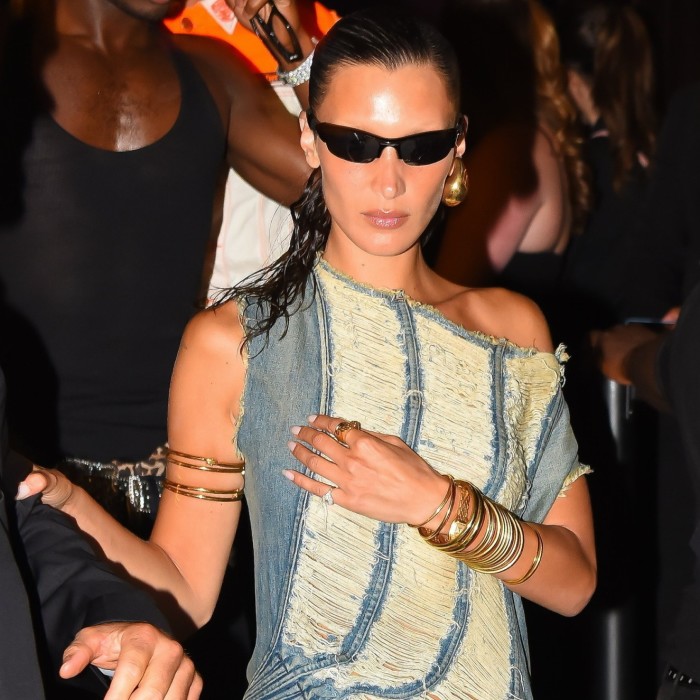When Lego started testing a service to receive and re-use second-hand bricks, the Danish toymaker soon ran into a problem: people would send in other things as well. Soda cans, shoes, lots of hair — all came mingled in with the iconic plastic bricks, according to a senior executive.
Worst of all: workers once opened a Lego treasure chest to find an entire set of children’s teeth in it.
Brands from Shein and Zara to H&M and Lego are throwing themselves into a booming second-hand economy. They are joining a growing number of start-ups such as Vinted, Depop, ThredUp, and Vestiaire Collective in attempting to make money from a rush to embrace used and “preloved” items, whether due to cost or environmental concerns. Celebrities such as Bella Hadid, Rihanna, and Sarah Jessica Parker have all embraced thrift, as has even cult TV show Love Island.
“Second-hand is very buzzy,” says Adam Minter, author of Junkyard Planet and Secondhand. “But the cost of doing this business is huge. It isn’t easy.”
© Getty Images

© GC Images
This week, Ikea joined in on the trend, launching a peer-to-peer marketplace for customers to sell used furniture directly to others. Designed to take on the likes of eBay, Craigslist, and Gumtree, Ikea Preowned is being tested first in Madrid and Oslo, before a decision is taken on whether to roll it out globally at the end of the year.
Jesper Brodin, chief executive of Ingka, the main operator of Ikea stores, says that the group has an even higher market share in the second-hand sector than for new products. “So we think it will be a good learning — what type of products sell?” he says.
It is not hard to understand why big brands are tempted by second-hand — it is growing much faster than new sales, albeit normally off a far lower base. ThredUp, a resale platform in the US, estimates that the global second-hand clothing market has grown from $141bn in 2021 to $230bn this year, and should reach $350bn by 2028 at a growth rate it estimates at three times that of new apparel. Consultants Bain & Company estimate that second-hand luxury sales increased by 125 per cent from 2017-23 against just 43 per cent for new.
Second-hand is also increasingly popular among the youngest consumers. More than 40 per cent of Generation Z and millennials buy a second-hand product at least every few months against just above 20 per cent of baby boomers, according to a survey by analysts Euromonitor.
“There used to be a stigma to used clothes. But younger generations, the last thing they care about is if something is new. They care about waste, about value. It is a great investment opportunity,” says one European private equity executive.
…






